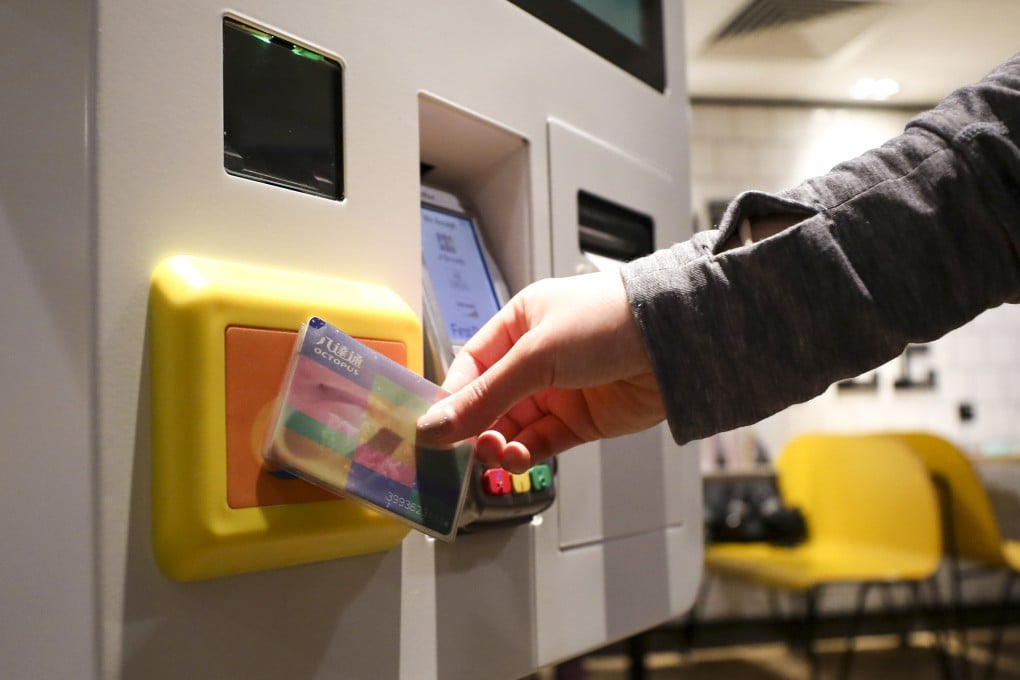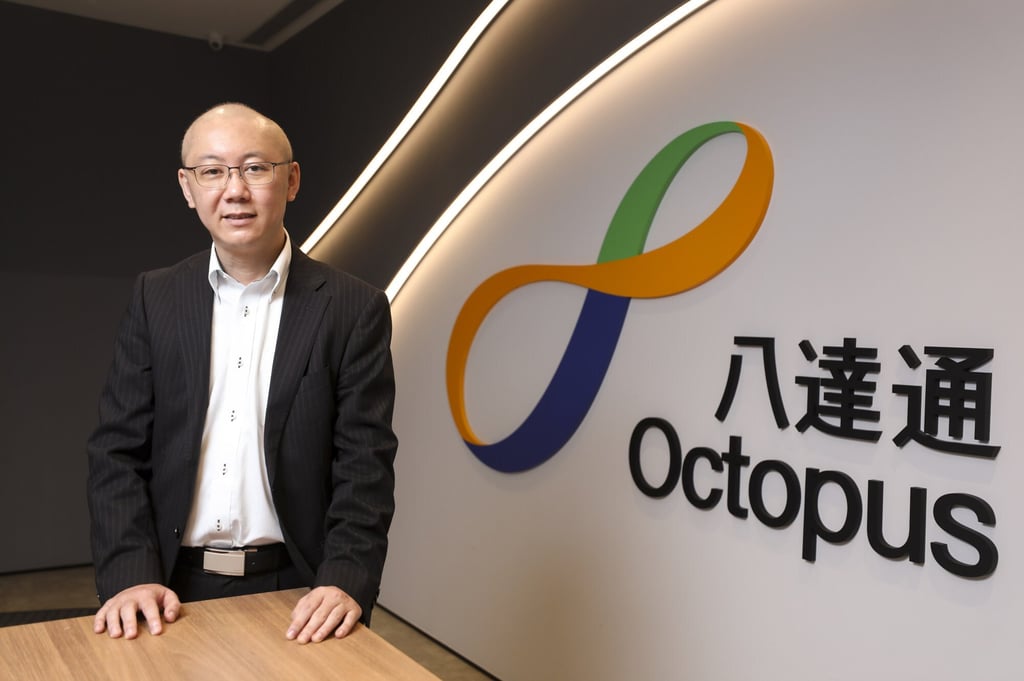Hong Kong’s Octopus to launch payment card for mainland Chinese public transport as pressure from Alipay, WeChat Pay mounts at home
- Users of the Octopus transit card will be able to pay for transport on buses and in rail transit to ferries in mainland China by the end of this year or early next year, says CEO
- Octopus is also in discussions with contactless payment platforms to launch an interconnected technology that allows its e-wallet users to pay for goods and services in Macau, South Korea, Singapore and Thailand

Under the offshore expansion plan, users of the Octopus transit card will be able to pay for public transport on buses and in rail transit to ferries in mainland China by the end of this year or early next year, according to chief executive Angus Lee Chun-ming.

“We have applied to join the China T-Union, the nationwide one-card payment system led by the Ministry of Transport. That will enable Octopus physical-card holders to pay for public transport fares in mainland China,” said Lee, who succeeded Sunny Cheung Yiu-tong as the CEO in September last year after Cheung’s retirement.
China T-Union, a one-card system launched in late 2015, is operated by Beijing China Communications Gold Card Technology. Users can pay by swiping the prepaid anonymous Union One card on public transport in more than 300 mainland cities.
“We will issue a new card with a maximum top-up value of HK$3,000 (US$386) that will be compatible with the electronic payment standards in the city and the mainland for holders,” he said.
The service can be upgraded to digital Octopus cards in the phase two development.
“The card will be denominated in Hong Kong dollars. Octopus will arrange the currency settlement with the mainland partner,” said Lee. No personal information is stored on any anonymous Octopus card.